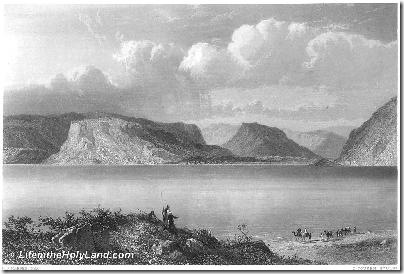Eric Cline has a good op-ed on “biblical archaeologists” who are frauds. Entitled “Raiders of the faux ark,” the Boston Globe piece exposes some of the “discoveries” made by guys with no archaeological training whatsoever. It’s not only worthwhile to expose such “scholarship” for what it is (and Cline does this more thoroughly in his recent book, From Eden to Exile: Unraveling Mysteries of the Bible), but he avoids making a mistake that many do – lumping all religious scholars in with the nut cases. The article in full is worth reading, but here is an important paragraph:
Religious archeologists and secular archeologists frequently work side by side in the Holy Land. Among the top ranks of researchers, there are evangelical Christians, orthodox Jews, and people of many denominations. It is not religious views that are the issue here; it is whether good science is being done. Biblical archeology is a field in which people of good will, and all religions, can join under the banner of the scientific process.
From reviews I’ve read, I think I would find more to disagree with in his book than in this article. A couple of evangelical writers are working on a book debunking some of the “amazing discoveries” made in the last few decades and I’ll mention it here when that gets closer to publication.












